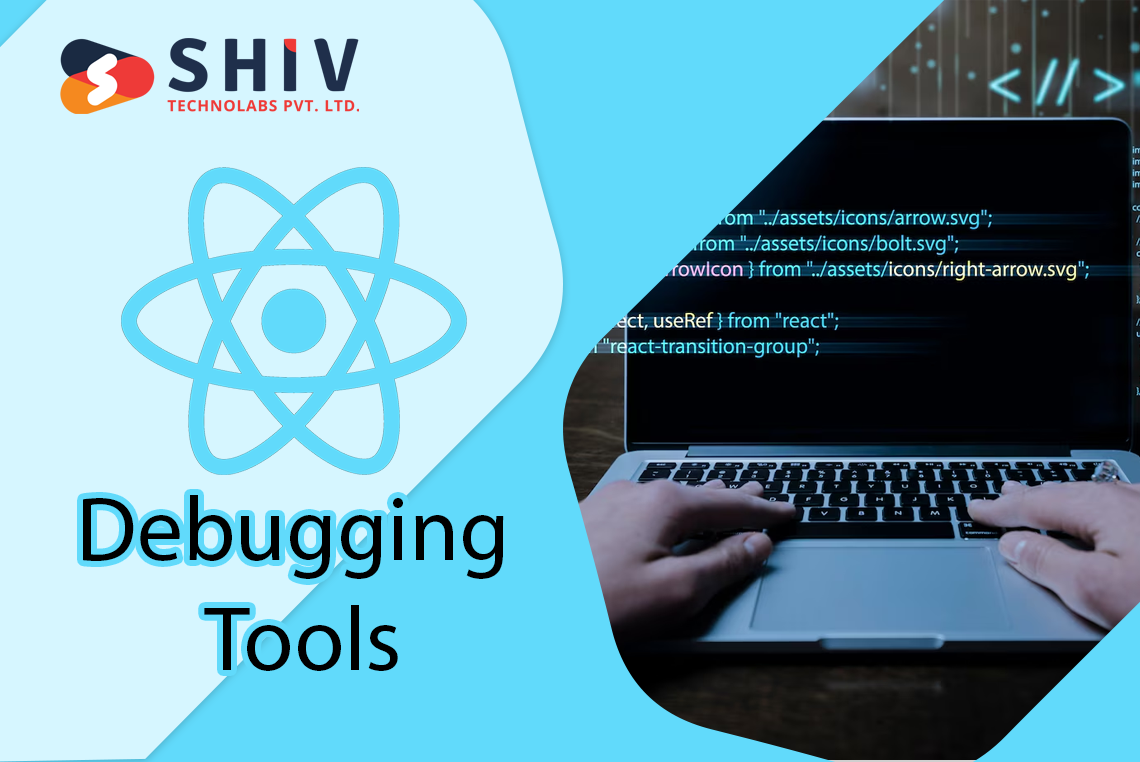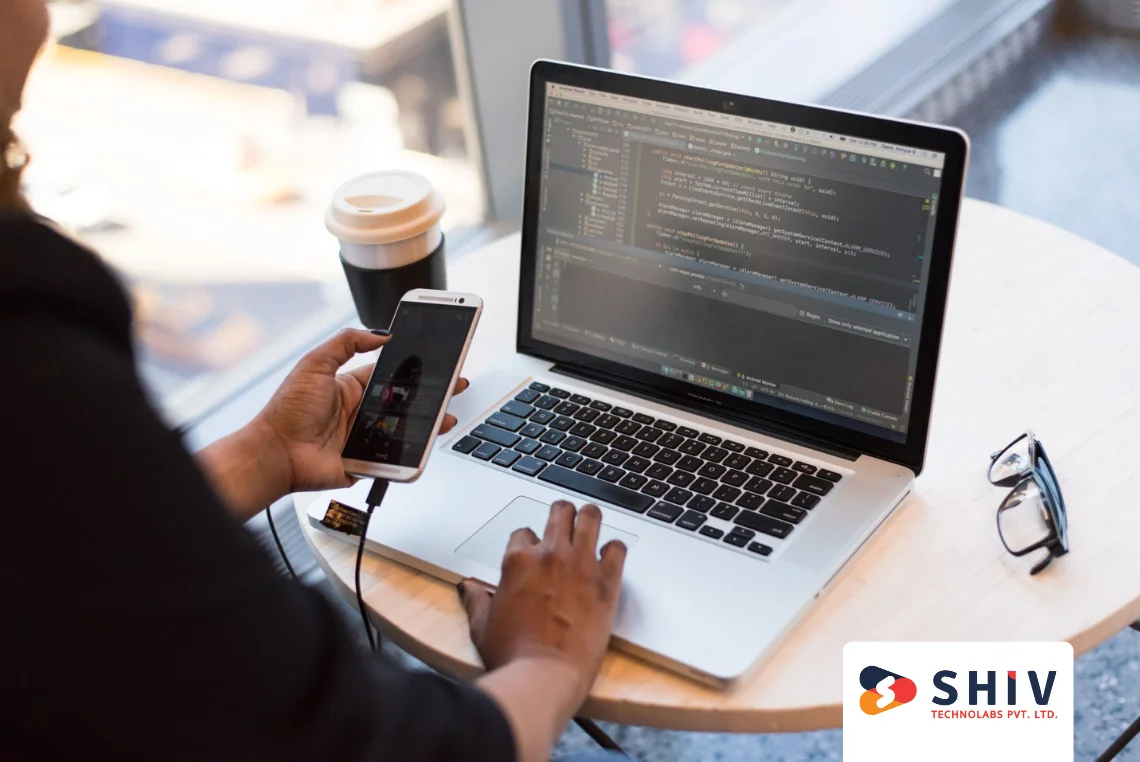Table of Contents
It is often asked why so many teams still search for the best React Native tools for debugging when React Native already gives a Hot Reloading feature that fixes issues in real time. If you build apps, you already know that small bugs can impact speed, break features, and hurt user trust. Debugging tools help catch issues early and keep your app stable during every stage of development.
For business owners looking for trusted React Native app development services, skipping proper testing can cost you users and create security risks. A polished UI means nothing if performance fails at scale.
Here, you will find a clear overview of leading React Native tools such as React Native Debugger, Zipy, Metro Bundler, Expo, Flipper, and Visual Studio Code. This guide will help you pick the right tool to keep your app fast, reliable, and ready for the market.
Why Should You Adopt the Best Debugging Tools for React Native App Testing?

React Native tools for debugging play a key role in building a smooth and stable app. Even if your app idea is strong and your design looks sharp, coding issues can push users away within seconds. People expect fast screens, quick load times, and error-free features. When bugs slip into production, users lose trust and uninstall the app, which directly impacts growth and revenue.
With the right debugging setup, developers spot hidden issues early, track performance in real devices, and fix code before users face trouble. These tools help check memory usage, network requests, app flow, and UI behavior under real-world conditions. They also support faster testing cycles, which means better stability and fewer surprises during launch.
Strong debugging habits lead to cleaner builds, stable upgrades, and a smooth user journey. With reliable React Native tools in place, your app stays ready to perform in a competitive market.
# Debugging the App: An Introduction
Debugging means finding and fixing errors in a software app before they affect users. No matter how skilled the team is, bugs appear during development, and catching them early is key to strong performance. React Native tools help developers inspect code, monitor app behavior, and test features under real usage conditions.
These tools run the app in a controlled environment and check each function, screen, and action step by step. They also allow testing directly on devices, so teams see how the app behaves on real hardware instead of just simulators.
With the right debugging tools, you gain full visibility of app behavior, track crashes, trace code flow, and solve issues faster. This leads to a more stable product, better user experience, and fewer risks during launch.
How to choose the right debugging tool
Choose your debugging toolkit by matching app scope, team skills, and platform targets with diagnostic needs. Simple prototypes need quick previews and clear logs, while mature apps need profiling, network tracing, and device testing. Check CI/CD fit, plugin support, editor ties, and licensing before your team commits long term.
We review goals, audit your stack, and set up a tool mix that speeds feedback without chaos. Our team configures Flipper, React Native Debugger, TypeScript, Fastlane, and VS Code, then trains developers with practical playbooks. You get faster fixes, cleaner releases, and lower risk across builds, reviews, and app store submissions.
We pair tools with real device labs, crash tracing, and performance gates so regressions surface early. From setup to handoff, we document steps, wire alerts, and measure gains across builds, features, and releases. Book a quick audit, and let our engineers tune your debugging flow for speed, clarity, and reliability.
Selection criteria
- App size and complexity
- Platforms and target devices
- Debug depth needed (state, network, perf)
- CI/CD fit and build flow
- Team skills and ramp time
- Plugins, docs, community
- Budget and license terms
Advanced features to consider
- Time-travel for state
- Network inspector with replay
- Layout inspector for UI trees
- Memory and CPU profiling
- Crash and log aggregation
Now, let’s review the most reliable React Native tools that support smooth debugging and help your app run at high performance.
Top 10 Best React Native Developer Tools
We have listed the best React Native tools that help developers write cleaner code, debug faster, and deliver smooth mobile app experiences.
1) Flipper
A desktop dashboard for iOS and Android debugging. Inspect layouts, track network calls, and view logs with rich plugins. It works well across teams during active development.
Benefits:
Visual layout tree inspection
Network request and response tracking
Central log viewer with filters
Plugin ecosystem (Redux, React DevTools, more)
2) React Native Debugger
A standalone app that bundles Redux DevTools and Chrome DevTools. Step through code, watch Redux actions, and inspect network calls in one place.
Benefits:
Time-travel for Redux state
Breakpoints and console in one window
Network monitor with headers and bodies
Smooth setup for most projects
3) Metro Bundler
React Native’s packager with clear error overlays and source maps. See fast-refresh logs and diagnose module or asset issues quickly.
Benefits:
Error overlays with stack traces
Source maps for readable debugging
Bundle and asset insight during builds
Helpful logs for fast-refresh cycles
4) Chrome DevTools
Powerful JS debugging for React Native. Profile CPU, check memory, and step through code with precise breakpoints.
Benefits:
JS performance timeline and profiler
Step-through debugging and watch values
Network waterfall for fetch calls
Heap snapshots to spot leaks
5) Xcode Instruments (iOS)
Native profiling for iOS builds. Track CPU, memory, leaks, and energy impact to catch device-level problems early.
Benefits:
Time Profiler for hot paths
Allocations and Leaks tracking
Energy usage and I/O checks
Works with simulators and devices
6) Android Studio Profiler (Android)
Native profiling for Android apps. Inspect CPU threads, memory churn, and network activity with device-grade accuracy.
Benefits:
CPU flame charts and thread view
Memory allocations and GC insight
Network traffic and payload sizes
Works on emulators and devices
7) Hermes Profiler
For apps running the Hermes engine. Capture JS traces on device and view flame charts tied to real code paths.
Benefits:
JS flame charts for function timing
Self time vs total time clarity
Source map support for readable stacks
Fits well with release builds using Hermes
8) Reactotron
A desktop app for live state, logs, and network insight. Great for quick checks during local development.
Benefits:
Watch state changes in real time
Track API calls and responses
Custom commands and plugins
Simple setup for most stacks
9) Sentry (or Bugsnag/Crashlytics)
Production error and crash tracking with release health. See stack traces, breadcrumbs, and user impact to guide fixes.
Benefits:
Automatic crash capture and alerts
Breadcrumbs for actions and network
Release and issue grouping
Performance traces for slow screens
10) Zipy (or LogRocket)
Session replay plus network and console capture. Reproduce user issues by watching real sessions with device context.
Benefits:
Pixel-level session replays
Network, console, and errors in one view
User, device, and version context
Shareable links for quick triage
Conclusion
Picking the right debugging stack keeps your React Native app fast, stable, and ready for real users. Tools like Flipper, Expo, Reactotron, and Metro help catch issues before release. TypeScript, Redux Debugger, and React Navigation bring clarity to code flow and state changes. Fastlane and Xcode round out builds and distribution, reducing mistakes and last-minute fire drills.
If you need help, partner with a React Native app development company that treats quality as a daily habit. Shiv Technolabs sets up proper debugging, CI/CD, and device testing so problems surface early. Our team audits your stack, configures plugins, and adds performance checks without slowing delivery. We support your developers with practical guidance, clear documentation, and steady iteration—so your app ships with confidence and keeps users happy.





















